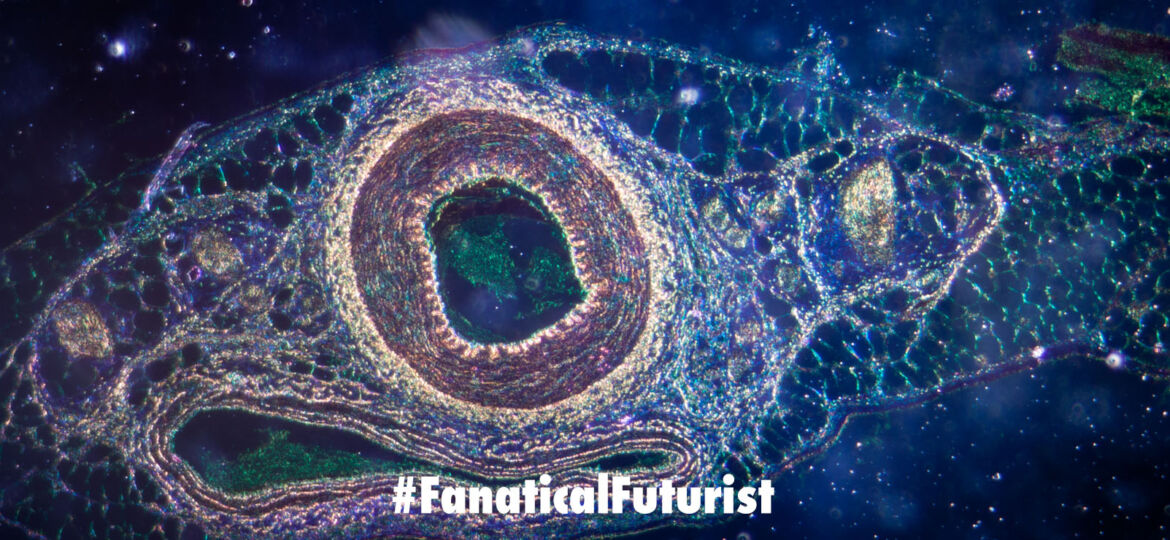
WHY THIS MATTERS IN BRIEF
Computers have transformed human society, and next they’ll transform humans.
 Interested in the future and want to experience even more?! eXplore More.
Interested in the future and want to experience even more?! eXplore More.
The CRISPR gene-editing system is usually known for helping scientists create gene hacked twins resistant to HIV and cancer vaccines, cure blindness, genetic disorders, and HIV, and turn lizards into albinos, but the technology has a whole range of possible uses for researchers in the field of synthetic biology too. Now researchers at ETH Zurich have used CRISPR to build functional dual-core Biological Computers inside human cells that are not too dissimilar from the bacteria based biological computers capable of computing and storing information, including movies, and replaying them, or the world’s first mammalian human liver cell computers and DNA computers that could turn humans into supercomputers, that I’ve written about before. Isn’t science crazy!?
As powerful as modern computers are, nature bested us a long time ago. Living organisms could be thought of as computers already – their cells act like logic gates, taking input from the outside world, processing it and responding with certain metabolic processes.
“The human body itself is a large computer,” says Martin Fussenegger, lead researcher of the study. “Its metabolism has drawn on the computing power of trillions of cells since time immemorial. And in contrast to a technical supercomputer, this large computer needs just a slice of bread for energy.”
Tapping into these natural processes to build logic circuits is a key goal of synthetic biology. In this case, the ETH Zurich team found a way to slot dual-core processors into human cells by first modifying the CRISPR gene-editing tool. Normally, this system uses guide RNA sequences to target specific DNA segments in the genome, then make precise edits. For this project though, the team created a special version of the Cas9 enzyme that can act as the biological equivalent of a computer processor.
This special Cas9 instead reads guide RNA as inputs, and in response expresses particular genes. That in turn creates certain proteins as the output. These processors act like digital half adders – essentially, they can compare two inputs or add two binary numbers, and deliver two outputs. To boost the computing power, the researchers managed to squeeze two processor cores into one cell.
In the long run these dual-core cell computers could be stacked up by the billion to make powerful biological computers for diagnosing and treating disease, as well as, in the longer term, they could even help turn humans into powerful supercomputers themselves – something already demonstrated, in the lab at least, by researchers after they found new ways to make that a reality.
When looking at use cases for their new biological computers the team says they could be used to look for biomarkers in the blood and respond by creating different therapeutic molecules and treatments, depending on whether one, the other or both biomarkers are present.
“Imagine a microtissue with billions of cells, each equipped with its own dual-core processor,” says Fussenegger. “Such ‘computational organs’ could theoretically attain computing power that far outstrips that of a digital supercomputer – and using just a fraction of the energy.”
And they’re not alone in their ‘powerful’ vision, elsewhere researchers in the UK were able to demonstrate that a DNA computer in a mere test tube could be more powerful than all the world’s computers today combined. And if you thought the future computing was silicon and Quantum computing, or that Moore’s Law is finished, then you might want to think again…
The research was published in the journal PNAS.
Source: ETH Zurich
















